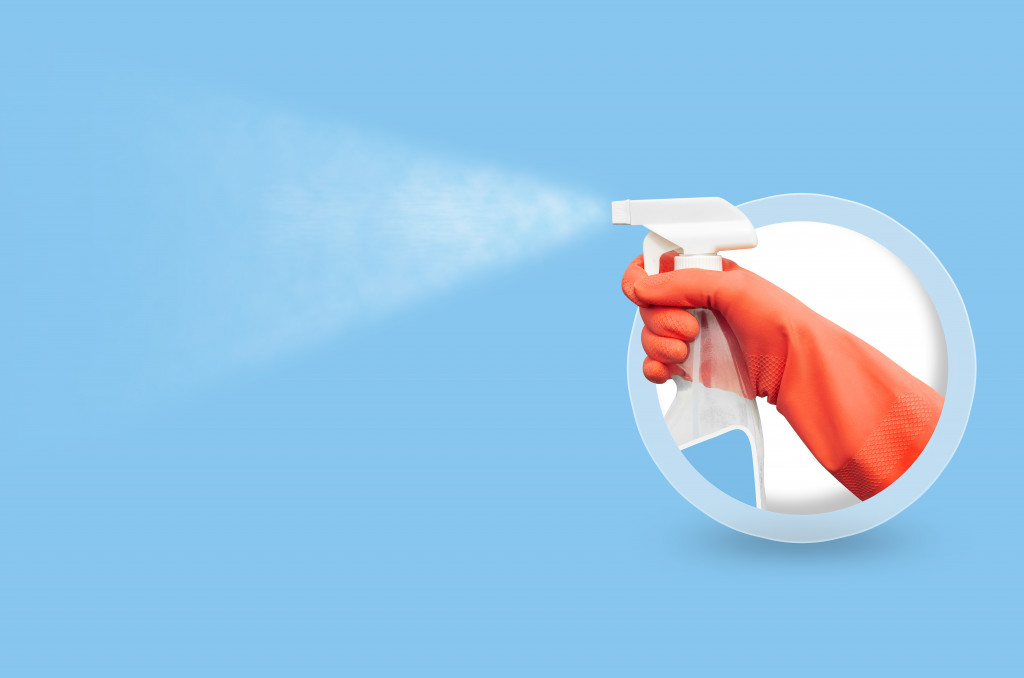Working in healthcare services can be hectic and exhausting. However, it’s also gratifying to know that you’re making a positive impact in people’s lives. But as much as it’s challenging to stay on top of schedules, rules, resource control, and patient treatment, cleanliness is non-negotiable.
Dust is physically and olfactory visible making it a significant obstacle to maintaining a safe and healthy facility. When patients notice a dirty wall or floor, it ignites suspicion about how many other aspects of the service are overlooked. It worries them about the cleanliness of your quarters, bedding, facility, and equipment. Patients would doubt the quality of treatment they will receive while being in your care. Thus, it’s vital to implement thorough and regular sanitation strategies for your facility.
The dust harms numerous facets of our everyday activities. It continuously builds up and, if addressed poorly, poses health risks. Not only will it release allergens into the air, but it is also a potent carrier of airborne bacteria. According to the Asthma and Allergy Foundation of America (AAFA), about 25 million Americans have asthma. This equates to about one in every thirteen Americans, including 8% of adults and 7% of children.
Additionally, dust has been related to the growth of pathogenic bacteria. Dust contains microorganisms that can live for extended periods and therefore are readily transferred to various other surfaces. Dusty rooms are ideal conditions for the growth of illness and infection.
Cleaning Strategies
An efficient sanitation technique is a continuous process that needs careful planning and regular practice. Ultimately, without an appropriate cleaning system, a facility’s protection and integrity will suffer. To improve efficiency and labor, site supervisors and building service contractors must choose cleaning equipment and materials that are simple to use and efficiently eliminate bacteria on any surface.
General Cleaning

A thorough cleaning is critical, particularly in work environments, because dust, dirt, and bacteria on surfaces can spread diseases. Standard procedures must be followed, including the wearing of personal protective equipment (PPE). Cleaning supplies should be replaced after each usage and must be properly washed and dry before reuse.
Additionally, they are required to be updated shortly after washing up blood, other bodily fluids, and substance leaks. Staff should also avoid spray cleaners due to their possible contamination. They can be easily inhaled, which may trigger allergies and can cause other health issues.
Surface Cleaning
Daily, or as required, hospital and other healthcare facility floors should be vacuumed with a cleaner equipped with a particulate-retaining filter. Ensure that the filter is replaced according to the manufacturer’s instructions. To stop dust dispersal, instruct your cleaning staff to guide the exhaust air away from the surface. Note that brooms spread pollen and microbes into the air; thus, you should avoid using them in patient and health settings.
Additionally, dusting with a damp cloth and a lint-free cloth is just as effective. Dust-retaining mops, which have been specially treated or made to attract and hold dust particles, do not significantly increase fine particle counts and collect more dust from surfaces than standard brooms. Avoid using floor covers such as carpets as it impedes dust management efforts due to their tendency to trap dirt.
Thus, experts suggest looking into various flooring companies, such as The Flooring Group, that offer services specializing in types of floors that can be cleaned easily, such as hardwood, linoleum, and tiles, to prevent dust accumulation and improve washing.
The effects of dust on human health are determined mainly by the particle size of the dust, which can enter the lungs and lead to diseases. It is a significant factor in determining the severity of the health impact, particularly for respiratory diseases and cardiovascular effects. For example, particles larger than a grain of sand can irritate the nose, throat, and eyes, while smaller ones can penetrate deep into the lungs, and others can travel through the bloodstream.
Additionally, naturally occurring particles can cause health problems. These involve microorganisms such as pollen, spores, and, in some cases, bacteria and viruses. For instance, dust from the soil has the potential to irritate the respiratory tract.
When choosing the right dusting product, property managers can look for a solution that can be quickly integrated with an existing framework to keep total costs down. Additionally, healthcare facilities should use a versatile substance for various tasks, including heavy dusting, surface washing, and sweeping. It should remove hair and dirt from both dry and wet surfaces. By using a substance that effectively removes soil and waste, facilities managers can maintain aesthetics while increasing efficiency, patient satisfaction, and overall safety.

